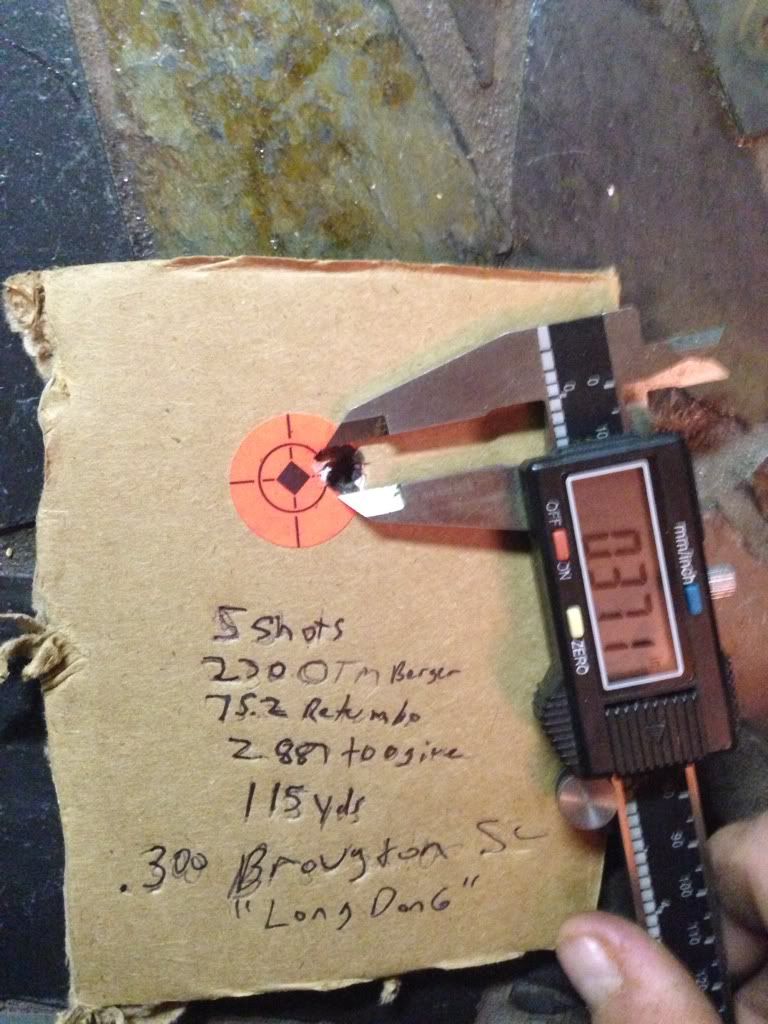I know that the two typical ways to measure group size are center to center on the widest holes (finding exact center can be a challenge when the holes overlap) or edge to edge and subtracting one bullet diameter.
I've used both and try to be as accurate as possible. I use a draftsman's circle template on the group to make sure I'm really including all of the edges of the holes. The problem I see is with subtracting a bullet diameter. I typically shoot .308 Win. On standard paper targets, the hole left behind is not really .308". If I measure a single bullet hole right to the edges of the gray streaks, it's about .250. Are we really giving ourselves credit for .05 that we don't deserve when using the edge to edge method?
I've used both and try to be as accurate as possible. I use a draftsman's circle template on the group to make sure I'm really including all of the edges of the holes. The problem I see is with subtracting a bullet diameter. I typically shoot .308 Win. On standard paper targets, the hole left behind is not really .308". If I measure a single bullet hole right to the edges of the gray streaks, it's about .250. Are we really giving ourselves credit for .05 that we don't deserve when using the edge to edge method?


